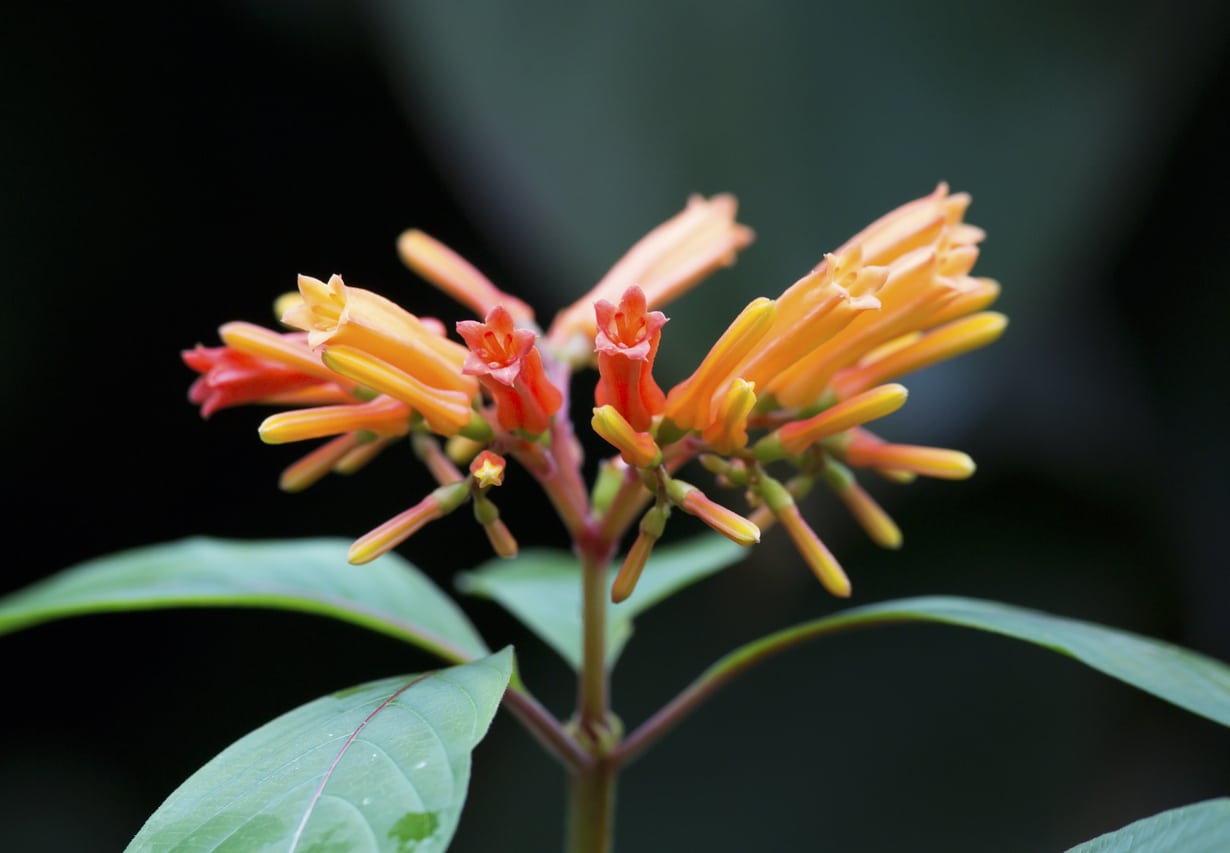Firebush Propagation – Learn How To Propagate Firebush Shrubs


Firebush, also known as hummingbird bush, is a great flowering and colorful shrub for hot-climate gardens. It provides months of color and attracts pollinators. Firebush propagation, if you already have firebush in your garden, can be done by seed or cuttings.
About Firebush Reproduction
Firebush is native to Mexico and thrives in the intense heat of that region, growing well in places like southern Texas, Arizona, and California. It is a large shrub or a small tree, depending on how you grow and train it. Firebush is named for its red-orange flowers that bloom profusely in early summer and well into the fall. The shrub does well in the heat and will tolerate drought conditions better than many plants and will grow in any type of soil that drains well. Firebush prefers full sun and will produce more flowers if given a sunny spot with only a little bit of shade. In addition to the flame-colored flowers, the leaves also turn a blazing red before winter sets in. Its attractiveness in the garden, as well as its hardiness, that makes the plant popular. And for this reason, we tend to want more. That’s where propagation of the plant comes in handy, as it offers a great way to produce more plants for less money.
How to Propagate Firebush
Firebush reproduction can be achieved by collecting and sowing the seeds from your existing plants or by taking and growing cuttings. Seeds develop in pods, and once they have dried out, you can remove them for planting. Separate out the seeds and sow them in moist soil. Keep the seed tray in a warm spot or cover it with plastic if you don’t have a warm environment. Give your seedlings direct light as they grow and keep the soil moist. They should sprout in about three weeks. Don’t transfer the seedlings outdoors until there is no risk of frost. Propagating a firebush by cuttings is another possibility. The trick is to keep cuttings very warm, at least 85 degrees Fahrenheit (29 Celsius). If the cuttings get any colder than this, it may not work. Take cuttings that are about six inches (15 cm.) long with a few leaves and dip the ends in a rooting medium. Plant them in a perlite or sandy mixture and water daily. If you don’t have a spot that's warm enough, such as a heated greenhouse, use a warming pad to keep the cuttings at 85 degrees or warmer. Once you have good root growth, as with seedlings, you can plant the cuttings outdoors when the chance of frost is gone.
Sign up for the Gardening Know How newsletter today and receive a free copy of our e-book "How to Grow Delicious Tomatoes".

Mary Ellen Ellis has been gardening for over 20 years. With degrees in Chemistry and Biology, Mary Ellen's specialties are flowers, native plants, and herbs.